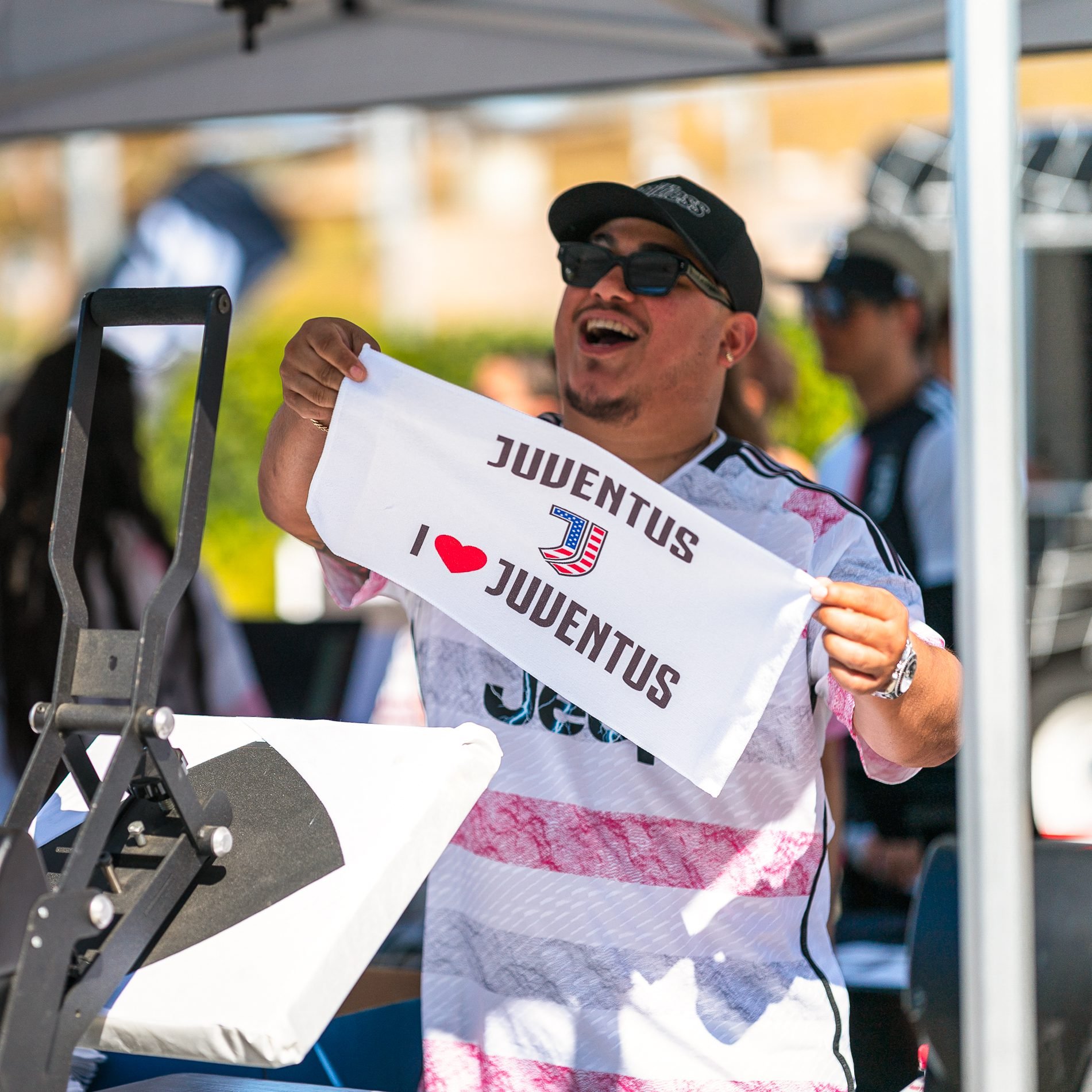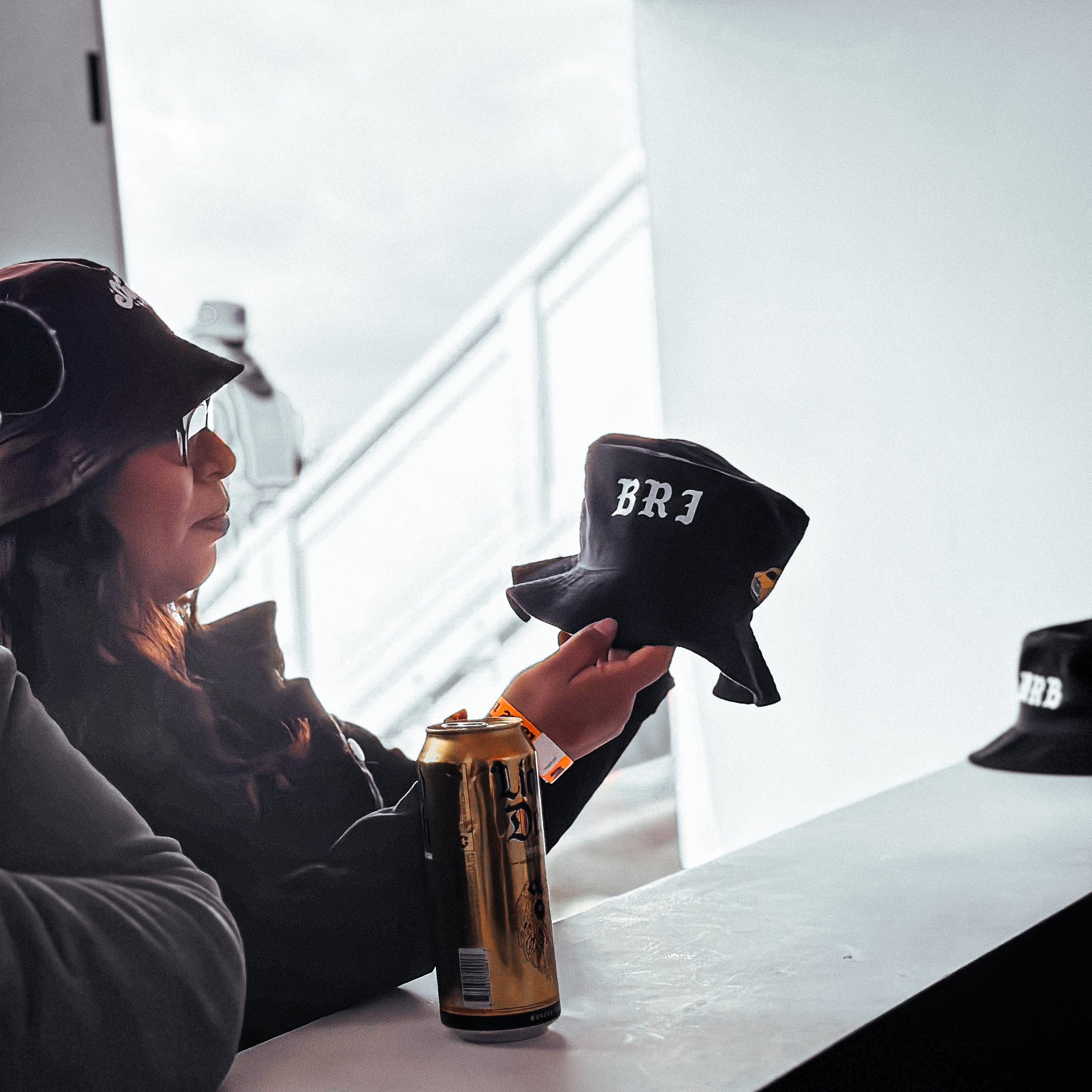Custom merchandise has become an essential strategy for brands aiming to enhance their visibility and foster deeper connections with their audience. By offering unique, branded items, companies can leave lasting impressions and cultivate customer loyalty. In this article, we will explore how custom merchandise can significantly boost brand awareness, covering various aspects from its marketing potential to effective distribution strategies.
Why Custom Merch is a Game-Changer for Marketing
Custom merchandise serves as a tangible representation of a brand, allowing companies to extend their presence beyond traditional advertising channels. When customers use or wear branded items, they become walking ambassadors, subtly promoting the brand in their daily interactions. This organic form of marketing can reach audiences that might not be accessible through conventional methods.
Moreover, promotional products have been shown to enhance brand recall. According to studies, a significant percentage of individuals remember the name of the company that provided them with a promotional item. This heightened recall can lead to increased customer retention and word-of-mouth referrals, further amplifying brand visibility.
Key Benefits of Custom Merch in Marketing:
Extended Brand Exposure: Branded items keep the company’s name in the public eye.
Enhanced Brand Recall: Recipients are more likely to remember the brand.
Cost-Effective Advertising: Provides ongoing promotion without recurring costs.
Choosing the Right Merchandise for Your Audience
Selecting merchandise that resonates with your target audience is crucial for the success of any promotional campaign. Understanding the preferences, needs, and lifestyles of your customers can guide you in choosing items they will appreciate and use regularly. For instance, tech-savvy consumers might value branded USB drives or wireless chargers, while fitness enthusiasts could prefer custom water bottles or gym bags.
It's also important to consider the quality and functionality of the merchandise. High-quality items that serve a practical purpose are more likely to be used frequently, increasing the visibility of your brand. Conversely, low-quality or irrelevant items may be discarded, resulting in missed opportunities for brand exposure.
Tips for Selecting Appropriate Merchandise:
Align with Customer Interests: Choose items that match the lifestyle of your audience.
Ensure Practicality: Opt for products that offer utility in daily life.
Maintain Quality: High-quality items reflect positively on your brand.
The Psychology Behind Branded Merchandise
Branded merchandise taps into psychological principles that influence consumer behavior. One such principle is the reciprocity effect, where individuals feel obliged to return a favor when they receive something. By giving customers a free, useful item, brands can foster goodwill, increasing the likelihood of future purchases.
Additionally, owning branded merchandise can create a sense of affiliation and belonging among customers. When individuals use products emblazoned with a brand's logo, they often feel a stronger connection to the brand, enhancing loyalty and advocacy. This sense of belonging can transform customers into brand ambassadors, willingly promoting the brand within their social circles.
Psychological Impacts of Branded Merchandise:
Reciprocity: Encourages customers to reciprocate through purchases.
Affiliation: Fosters a sense of belonging and loyalty.
Social Proof: Users showcase brand acceptance to others.
Designing Merch That Leaves a Lasting Impression
The design of your merchandise plays a pivotal role in its effectiveness as a branding tool. A well-designed product not only captures attention but also communicates your brand's values and identity. Incorporating elements such as your logo, brand colors, and slogans can create a cohesive and recognizable design.
Collaborating with professional designers or leveraging crowdsourced design platforms can result in innovative and appealing merchandise. For example, platforms like Creative Allies allow brands to tap into a diverse pool of creative talent, resulting in unique designs that resonate with various audiences.
Design Considerations for Effective Merch:
Consistency: Ensure alignment with brand aesthetics.
Creativity: Incorporate unique and eye-catching elements.
Relevance: Designs should appeal to the target demographic.
How to Effectively Distribute Custom Merch
The distribution strategy of your custom merchandise significantly impacts its reach and effectiveness. One common approach is to offer merchandise at events such as trade shows, conferences, or product launches, where attendees can receive items firsthand. This method not only provides immediate brand exposure but also fosters personal connections with potential customers.
Another effective distribution channel is through online platforms. Offering merchandise as part of an online purchase, either as a complimentary gift or for sale, can encourage additional engagement. Collaborations with influencers or partnerships with other brands can also expand the reach of your merchandise, introducing your brand to new audiences.
Effective Distribution Channels:
Events: Provide merch at trade shows, conferences, etc.
Online Sales: Offer items through e-commerce platforms.
Collaborations: Partner with influencers or other brands.
Maximizing Brand Exposure with Limited Edition Drops
Creating limited edition merchandise can generate excitement and urgency among consumers. The exclusivity associated with limited runs often drives higher demand, as customers perceive these items as more valuable. This strategy not only boosts sales but also enhances brand prestige.
Limited edition drops can also encourage social sharing, as customers are eager to showcase their exclusive acquisitions. This organic promotion can amplify brand visibility and attract new customers who want to be part of the exclusive experience.
Advantages of Limited Edition Merchandise:
Creates Urgency: Encourages immediate purchases.
Enhances Perceived Value: Items are seen
Measuring the success of custom merchandise campaigns is essential for understanding their impact and optimizing future strategies. By analyzing specific metrics, businesses can assess the effectiveness of their promotional efforts. Below are key performance indicators (KPIs) to consider:
1. Brand Awareness
Custom merchandise can significantly enhance brand visibility. To evaluate this:
Social Media Mentions: Monitor the frequency of your brand's mentions across platforms.
Follower Growth Rate: Calculate by dividing the number of new followers during the campaign by the initial follower count.
2. Customer Engagement
Engaging customers indicates a campaign's resonance. Track:
Social Media Interactions: Assess likes, shares, comments, and overall engagement rates.
Event Participation: Note attendance at events where merchandise is distributed.
3. Lead Generation
Custom merchandise can attract potential customers. Measure:
Contact Information Collection: Count new leads acquired through merchandise-driven initiatives.
Newsletter Sign-ups: Track increases in subscriptions linked to merchandise offers.
4. Sales and Conversion Rates
Direct sales metrics provide clear insights:
Sales Volume: Compare sales during the campaign to previous periods.
Conversion Rate: Divide the number of sales by the total number of leads.
5. Return on Investment (ROI)
Understanding financial returns is crucial:
ROI Calculation: Subtract campaign costs from sales revenue, then divide by campaign costs.
6. Website Traffic
Merchandise campaigns often drive online interest:
Traffic Analysis: Use tools like Google Analytics to monitor visitor numbers during the campaign.
Referral Sources: Identify traffic originating from merchandise promotions.
7. Customer Feedback
Direct insights from recipients can guide future efforts:
Surveys and Feedback Forms: Collect opinions on merchandise appeal and utility.
8. Social Media Engagement
Assessing online interactions helps gauge campaign reach:
Engagement Metrics: Monitor likes, shares, comments, and overall interaction rates.
9. Cost Per Acquisition (CPA)
Determining the cost-effectiveness of acquiring new customers:
CPA Calculation: Divide total campaign costs by the number of new customers gained.
10. Customer Retention
Retaining customers showcases long-term campaign success:
Repeat Purchase Rate: Track the frequency of repeat purchases post-campaign.
Implementing Measurement Strategies
To effectively measure these metrics:
Set Clear Objectives: Define specific goals before launching the campaign.
Utilize Analytics Tools: Employ platforms like Google Analytics for data collection.
Gather Direct Feedback: Use surveys to understand customer perceptions.
By focusing on these KPIs and strategies, businesses can comprehensively evaluate the impact of their custom merchandise campaigns, leading to more informed decisions and improved future initiatives.
Conclusion
Custom merchandise campaigns offer a powerful way to enhance brand visibility, engage customers, and drive conversions. However, their success depends on more than just distributing products—it requires careful planning, strategic execution, and thorough measurement. By tracking key performance indicators such as brand awareness, customer engagement, lead generation, sales, and return on investment, businesses can gain valuable insights into the effectiveness of their campaigns.
To maximize impact, brands should continuously refine their strategies based on data-driven results. Using analytics tools, gathering customer feedback, and adjusting promotional efforts will help optimize future campaigns for even better outcomes. Ultimately, a well-executed custom merchandise campaign not only strengthens brand recognition but also fosters long-term customer loyalty, making it a valuable investment in any marketing strategy.
Looking for The Best Merch printer?
send us an e-mail at quotes@familyindustriesla.com, or give us a call at 323.227.1547 and we'd be happy to help.
Our showroom at 2755 Fruitdale Street, Los Angeles, CA 90039 is open by appointment only from 10 am - 4 pm Monday through Friday.



























